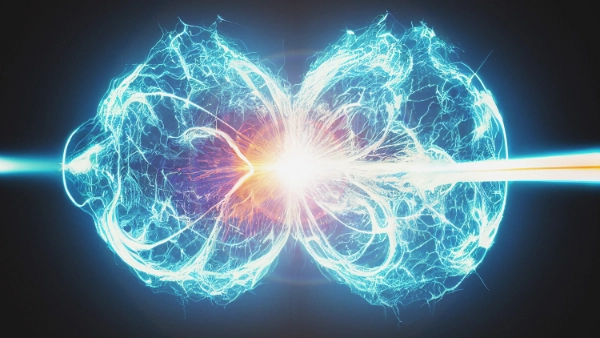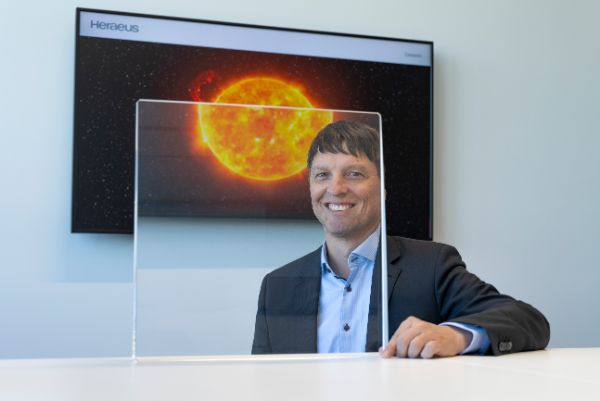Fusion energy - from hype to reality
The annual International Day of Light dates back to the world's first successful use of lasers in 1960. Today, laser systems can be crucial for an important energy source of the future: nuclear fusion. Known as laser fusion, it achieved a breakthrough in December 2022: In an experiment at the National Ignition Facility (NIF) in the USA, it was possible for the first time to generate more fusion energy than was injected to heat the fusion fuel - thanks in part to fused silica optics from Heraeus Covantics. What does this break-even point mean for science and what will happen next?

Nuclear fusion is about bringing the almost inexhaustible energy of the stars down to earth. For around 100 years scientists have been working on replicating this solar process of energy generation here on earth. After all, the sun shines brightly because of continuous nuclear fusion in its core. The experiment at NIF, a facility of Lawrence Livermore National Laboratory (LLNL), similarly brightens the faces of those involved. The Laser Fusion breakthrough took place on December 5th, 2022. Also, an alternative technology concept currently being researched around the world with the same goal is magnetic fusion .
The first hurdle has been cleared
The experiment at NIF has cleared an important first hurdle on the path to energy generation with nuclear fusion. But it must be understood in the right context: Light pulses from the world's most powerful laser succeeded in igniting nuclear fusion and generating energy of 3.15 megajoules - a new record. The laser energy input was "only" 2.05 megajoules for the ignition. Essentially, fusion produced more energy than was put into the experiment. But to provide the energy input of 2.05 megajoules at this crucial moment, 300 megajoules of electrical energy had to be drawn from the power grid to operate the laser system. Thus, the laser's efficiency was just under 0.7 percent, still a relatively small value.
Although the lab's achievement is a significant step for the science community, laser fusion still has a long way to go before becoming a usable, commercial energy source. Nevertheless, the direction is correct: the major goal is the wall-plug efficiency (overall system efficiency) of more than one - thereby achieving net energy gain. Only then can this method of green energy production be ready for the commercial market. Currently, the large number of interdependent parameters that need to be fine-tuned make this goal a challenge.
Growing start-up market
In the meantime, a start-up scene has established itself worldwide working on the goal of commercializing fusion energy. Every success in the research contributes to more entrepreneurs joining this opportunity. Investors are increasingly interested in newly founded start-up companies such as Focused Energy, Marvel Fusion, Zap Energy and HB11. Some of those companies have already raised several hundred million euros in their early rounds of financing. Detailed experiments are underway, with the first partial prototypes to be constructed in the next five to seven years, but for complete prototype reactors much more time is required.
Heraeus active worldwide
"The technology has to work and supply chains need to be established before more money is invested," explains Dr. Frank Nürnberg, Global Head of Sales Optics at Heraeus Covantics "That's why many of these start-ups begin to collaborate with the industry, for example with laser and glass producers and also fused silica specialists like us."
Heraeus already supplies nuclear fusion research facilities worldwide with fused silica for laser optics and is closely involved in the technical progress around the development of fusion energy. In Germany, the company collaborates with the Darmstadt-based start-up Focused Energy, among others, which aims to have a first commercial laser-based fusion power plant up and running by 2040. Forecasts from scientists for commercial success of the technology range between 10 and 50 years.
But one thing is clear: laser fusion by itself will not solve the world’s energy problems. It can become a key part of the energy mix, alongside renewable sources such as solar, wind, and hydropower. Heraeus is actively supporting further developments, as Nürnberg says: "We are in frequent contact with the start-ups - be it for requirements discussions, prototype coordination or the joint development of delivery schedules."

